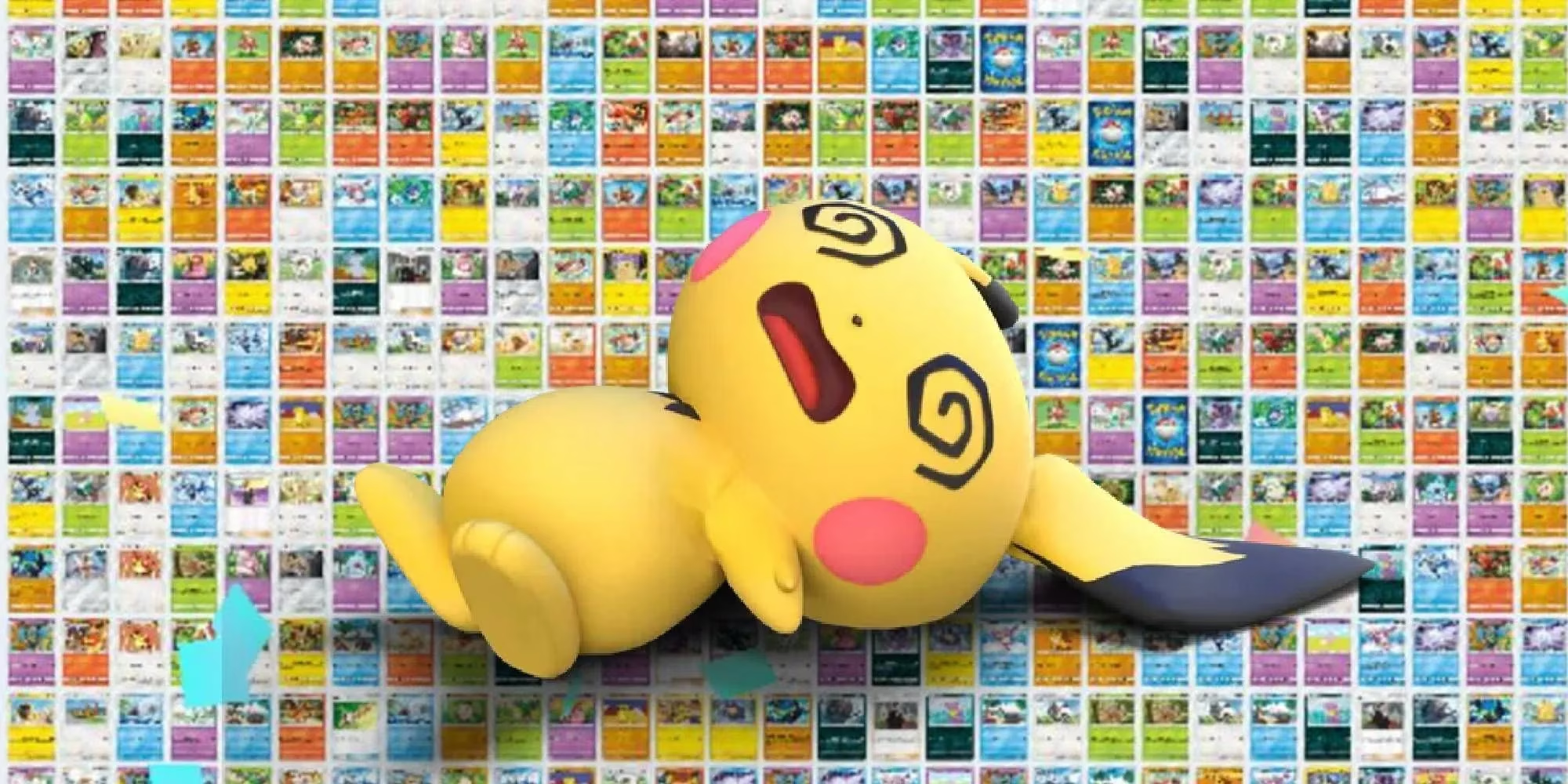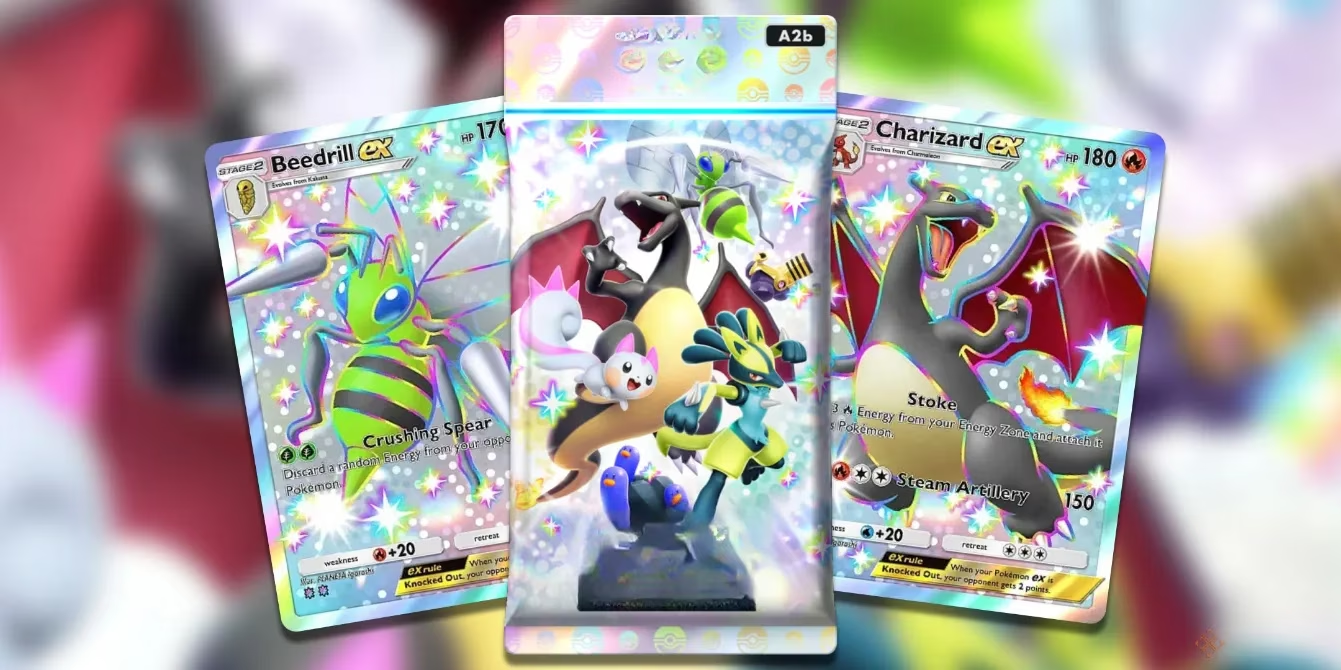Pokemon TCG Pocket's Relentless Pace Leaves New Players Drowning
Explore how the rapid expansion of Pokémon TCG Pocket creates an overwhelming, exclusive digital ecosystem that challenges new players and reshapes collection dynamics.
The digital cards kept piling up like unread messages. A dedicated player who'd been there since the soft launch could barely keep their head above water, let alone newcomers trying to jump into the swirling vortex of Pokemon TCG Pocket. With Triumphant Light almost complete except for that one elusive ex card, and Space-Time Smackdown glaring with its 13 missing pieces, the pressure mounted daily. Shining Revelry loomed on the horizon like an approaching storm, its new Charizard ex promising fresh chaos. How did it come to this? A game barely six months old already felt like an exclusive club where latecomers found the doors bolted shut.

The expansion velocity defied all expectations. Launched in October 2024, Pocket had already unleashed two full sets and two booster collections by March 2025. Over a thousand digital cards flooded the ecosystem in five months—double the physical TCG's output in comparable periods. This torrent transformed collection into a desperate sprint where stumbling meant instant obsolescence. New players faced a brutal truth: starting today meant resigning to permanent incompleteness. Unlike the physical game where one could cherry-pick singles from decades of releases, Pocket's architecture punished hesitation with algorithmic precision.
Two critical differences amplified the crisis. First, Pocket worshipped at the altar of collection. The dopamine hit came from virtual pack ripping and binder organization, not strategic battles. Second, its acquisition system became a gilded cage. No secondary market existed for common cards—only the cruel economy of pack points. Each set demanded its own currency, fracturing resources across multiplying frontiers. Seven points for the cheapest ex card? That required dozens of pack openings per target. Trading helped but felt like rearranging deck chairs on the Titanic when new sets kept launching monthly.

Deck building exposed the absurdity. Consider the top-tier Arceus/Dialga deck from Triumphant Light: it needed Giovanni from Genetic Apex, Leaf from Mythical Island, and Cyrus from Space-Time Smackdown. Obtaining these required grinding across three different sets simultaneously—a nightmare without trade connections or deep reserves. New players faced impossible choices: chase obsolete staples or ignore them and accept mediocrity. The water-type archetype teased viability but still relied on trainers from earlier collections. Pocket had transformed Pokemon's timeless accessibility into a paywall-disguised-as-progress.
Five months in, the prognosis looked grim. What happened in five years? Would the game become a digital relic only day-one players could navigate? The irony stung—a franchise built on generational sharing now alienated newcomers through its own design. Some whispered about future reprints or catch-up mechanics, but hope felt scarce as a holographic Charizard. For now, the only strategy was brutal triage: open Shining Revelry packs and pretend the past didn't exist.
Frequently Asked Questions
🔍 Is Pokemon TCG Pocket still worth starting in 2025?
Realistically, only if you abandon completionist dreams. Focus exclusively on the latest Shining Revelry set and accept you'll never own earlier cards without miraculous trades.
💸 Why can't I just buy specific cards I need?
Pocket intentionally avoids a secondary market. You must grind set-specific pack points or trade—both require enormous time investment across multiple expanding collections.
📊 How many cards have released since launch?
As of April 2025: 1,000+ cards across 4 sets (2 full expansions + 2 boosters) in just 5 months—roughly 200 new cards monthly.
⚖️ Will older cards become easier to get?
No signs indicate reprints or catch-up systems. Developers seem focused on accelerating new content rather than supporting legacy sets.
🃏 Can I build competitive decks without old cards?
Marginally. New archetypes emerge with each set (like water-types in Revelry), but they'll always lack optimized trainers from previous collections, capping your competitive ceiling.
